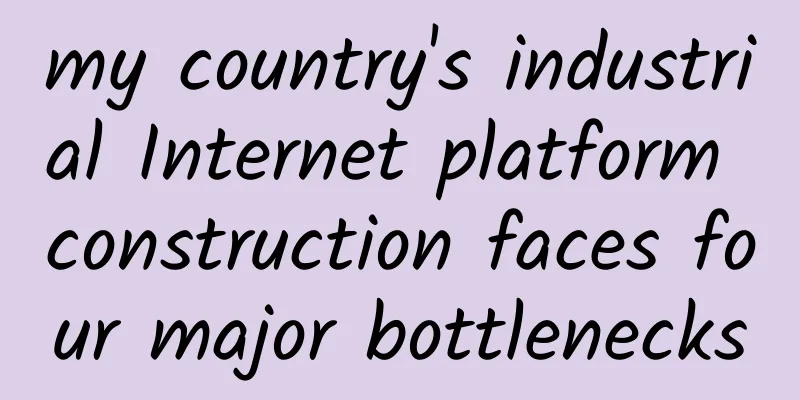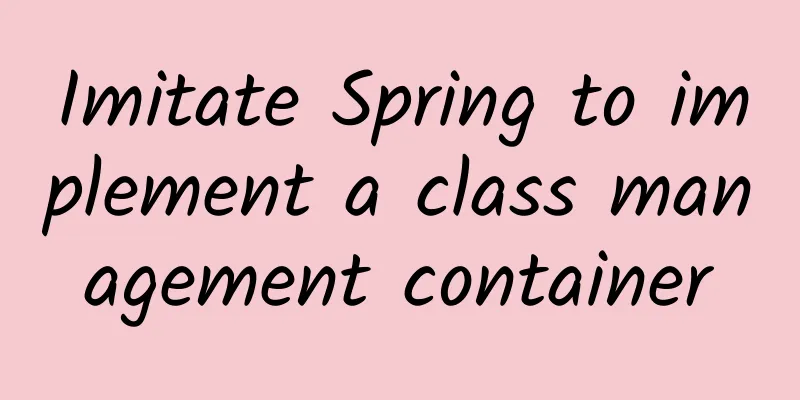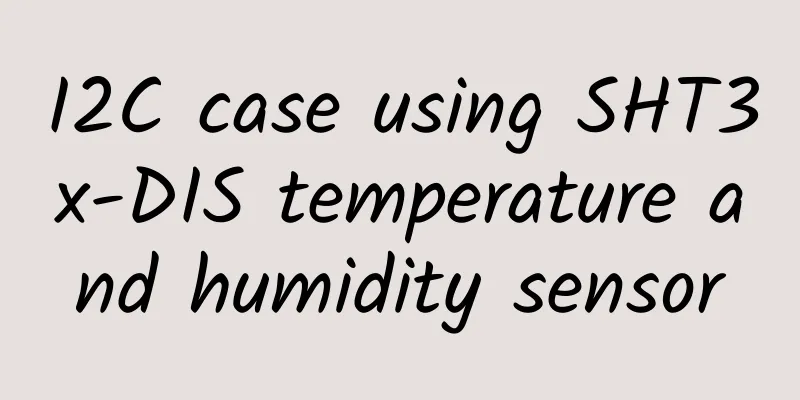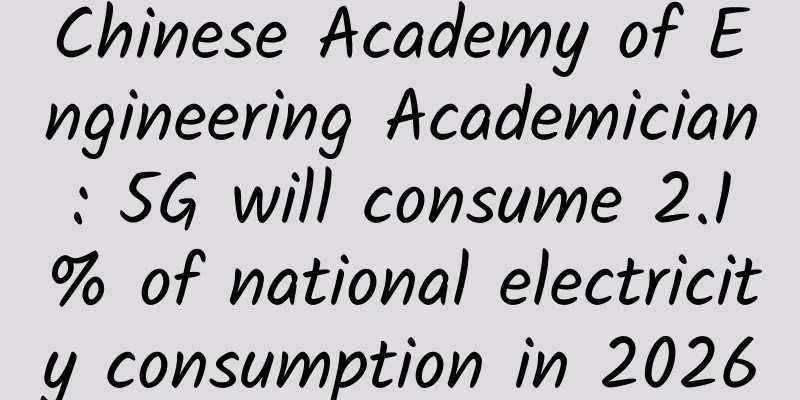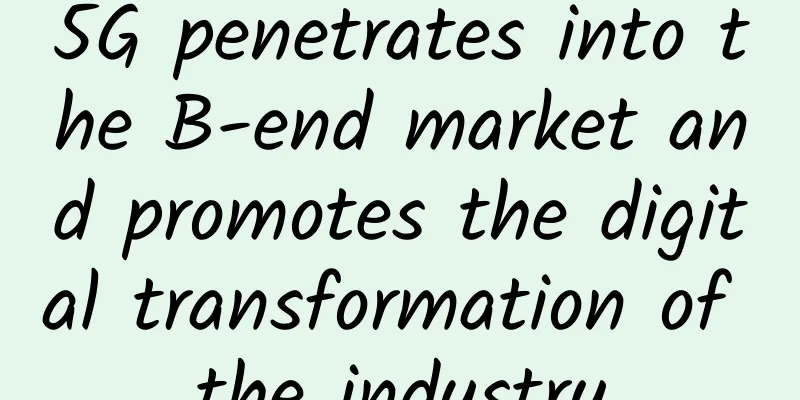What should we pay attention to during the wiring construction of weak current systems?

|
Wiring construction of horizontal subsystem The horizontal subsystem completes the function of connecting the information outlet lines from the wiring room to the work area. A light-weight assembled cable tray with hanging items is adopted to provide mechanical protection and support for the horizontal line system. The assembled trough-shaped cable tray is a closed trough frame installed in the hanging neck, leading from the weak current shaft to each room with information points, and then through the wire tubes of different specifications pre-buried in the wall, the lines are led to the concealed iron box on the wall. The wiring of the integrated wiring system is star-shaped, with a large amount of cables. According to the standard cable trough design method, the capacity of the cable trough is determined according to the outer diameter of the horizontal line. That is: the cross-sectional area of the cable trough = the sum of the cross-sectional areas of the horizontal lines * 3 Cable ducts can be selected in different specifications according to the situation. To ensure the turning radius of the cables, the cable ducts must be equipped with branch accessories of corresponding specifications to provide smooth bending of the line routing. If the exact location of the information outlet cannot be determined, the cable can be coiled around the outlet in the ceiling before pulling the wires. Once the specific location is determined, it can be led to each information outlet. The horizontal wiring system of Dongguan Exhibition Center adopts Category 6 UTP cables. According to the currently promulgated ANSI/TIA/EIA 568 B-1 Category 6 wiring standard, the following should be noted when laying Category 6 cables:
During construction, do not pull the wires hard: the pulling force of a single 4-pair twisted pair is ≤10 kg; the pulling force of two 4-pair twisted pairs is ≤15 kg; the pulling force of multiple 4-pair twisted pairs is ≤40 kg. Do not bundle multiple twisted pairs into one strand, as this will increase crosstalk between pairs. Six types of system installation precautions: (1) The total cross-sectional area of the cables placed in the wire tube or wire trough should be 1/3 to 1/2 of the cross-sectional area of the wire tube or wire trough:
(2) If the pipe groove specifications on site are too small and the wires are filled excessively, performance will be affected. (3) The bend of the wire tube must be smooth, and the bending radius should be greater than 6 times the outer diameter of the wire tube. Wiring construction of vertical subsystem The vertical trunk subsystem is composed of a series of wiring rooms vertically aligned through the shaft. Its wiring design is divided into two parts: (1) Vertical section of the trunk line The function of the vertical part is to provide a channel for the vertical dry cable in the weak current well. This part adopts the reserved cable well method, leaving a rectangular ground hole in the weak current well of each floor for the passage of large-log cables and optical cables for integrated wiring. The cable well is usually located near the wall close to the branch cable, but does not hinder the termination of the distribution frame. On the wall on the side where the cable well is reserved, a cable climbing frame or cable trough should also be installed. A row of small holes should be opened on the horizontal bars of the climbing frame or cable trough. The large-pair cable is tied on it with a fastening rope for fixing and bearing. If there is a large interference source such as an elevator nearby, a closed metal cable trough should be used to provide shielding protection for the vertical dry cable. (2) Horizontal channel section of the trunk line: The function of the horizontal channel part is to provide a passage for the vertical trunk cable from the main equipment room to the weak current shaft on the floor. This part should also adopt a light-weight assembled trough-shaped cable tray with hanging items to place and guide the cables, which can provide mechanical protection for the cables. It also provides a fire-proof seal for the vertical trunk cables. The sturdy space allows the cables to be safely extended to the destination. The material selection algorithm is consistent with the cable trough algorithm of the horizontal subsystem design part. And if a wire tube has two consecutive 90-degree corners, a wire box should be added at one place to prevent the cables from being damaged when pulling the wires. Like the vertical part, the horizontal channel part must also retain a certain amount of space margin to ensure that new pipelines do not need to be installed when the system is expanded in the future. Construction technology (1) Installation of control cabinet foundation steel Prefabricate the steel sections according to the requirements of the drawings, level and straighten them, and then remove rust; cooperate with the civil construction personnel to place the embedded parts, and then place the steel sections after the foundation strength meets the requirements. At the same time, use a level ruler to align and level. The installation should meet the following requirements:
Pipeline laying 1. Weak current bridge: The bridge used in this project will be very common, and it is very convenient to use the cable trough for wiring construction. The cable trough is supported by an angle steel bracket. The angle steel frame is fixed to the bottom of the floor with expansion bolts. It is not necessary to reserve embedded parts on the floor. The cable trough is made of galvanized thin steel plate. When wiring, a certain amount of spare capacity (30%--40%) should be reserved for the cable trough. In the building, in order to meet the requirements of fire prevention, the wires must be put through metal pipes or metal hoses when they come out of the trough, and the wires must not have exposed parts; at the same time, the cable trough should be made of fireproof materials. The construction of the entire pre-buried wire pipe, cable trough and bridge can be composed of several parts: introduction of wiring, auxiliary wiring box or wiring frame; vertical bridge part, floor horizontal pipeline part, niche branch part (including wiring junction box, crossing box, branch box and outlet box and other wiring equipment). The weak-current bridge is designed comprehensively in the building, and the bridges of many weak-current systems can be shared. The horizontal common bridge of the weak-current system includes the lines of the following systems: UTP cables of the structured wiring system, control lines and video lines of the monitoring system video, video lines of the television system, signal lines of the audio system, etc. Therefore, the common bridge should be properly arranged and separated to avoid mutual signal interference and contradictions. Thin iron plates are used to separate the horizontal weak-current bridge. The size of the bridge is estimated and determined based on the actual amount of wiring, and a variety of specifications are used. In the weak-current shaft, the weak-current system should be equipped with a shaft bridge connected to each floor. The shaft bridge of the weak-current system should be separated separately, and at least divided into three types of bridges: structured wiring, security system and fire protection. The bridge size of each system is determined based on the amount of wiring, and there should be a certain margin to expand the trunk line. 2. Concealed installation of steel pipes: Pipeline laying must be closely coordinated with civil construction and carried out according to the following process:
Before installing the pipe, burrs and iron spikes inside the pipe must be removed. Electric welding and flame cutting are strictly prohibited. During the pipe bending process, attention should be paid to the use of matching pipe benders. There should be no wrinkles, dents and cracks at the bends, and the degree of flattening should not be greater than 10% of the outer diameter of the pipe. When the line is concealed, the bending radius should not be less than 6 times the outer diameter of the pipe. When buried in underground concrete, the bending radius should not be less than 10 times the outer diameter of the pipe; at the same time, the burial depth shall not be less than 30mm. The pipeline should be buried between the two layers of steel bars as much as possible, and overlap should be avoided as much as possible. When steel pipes are connected by sleeves, the length of the sleeve should be 1.5-3 times the diameter of the pipe, and the pipe mouths must be aligned; when welding is used, the weld should be firm and tight, and the inner surface of the connection should be smooth and flat. The connection of thin-walled steel pipes must be made by threaded connection, and fusion welding is strictly prohibited. When using sleeves to connect steel pipes embedded in concrete, the joints should be leak-proof to prevent mortar from flowing into and clogging the pipes during pouring. The connection between the pipe and the box is welded, and the pipe mouth should be 3-5mm higher than the inner wall of the box. Anti-corrosion paint should be applied after welding; the pipe-box connection is fixed with a locking nut, and the pipe thread should be exposed 2-3 turns. Cooperate closely with civil engineering, carry out construction according to specifications, and seal pipe openings in time to prevent debris from entering and clogging the pipes. For some pipelines with longer wires and many elbows, iron wire should be threaded in advance to facilitate the threading work in the future. The connection between pipes and between pipes and boxes should be grounded, and the threaded connection should be bridged with round steel of no less than Φ6 to ensure good grounding. Pipelines buried underground should avoid passing through equipment foundations as much as possible. When pipelines pass through expansion joints and settlement joints, compensation devices should be installed and flexible grounding jumpers should be made. Threading and connecting wires in pipes Threading: For conductors passing through pipes, the rated voltage should not be lower than 500V; phase wires should be distinguished by color, the colors of phase wires and neutral wires should be different, and PE wires should use yellow and green insulation wires. Lines of different systems, different voltage levels, and different current categories should not be run in the same pipe or cable tray. Before threading, use compressed air to clean out the accumulated water and debris in the pipe, and inhale a small amount of talcum powder to reduce friction. Check whether the burrs and cutting edges of the pipe mouth are clean to prevent the insulation of the wire from being damaged during threading. When paying out the wire, use a wire payout stand to prevent the wire from getting tangled or buckled. At the same time, introduce the wire head into the outer ring of the wire to pay out the wire to avoid messing up the entire reel of wire or making the wire into small circles and tangles. There should be no joints or kinks in the wires inside the pipe. The joints should be installed in the junction box. The total area of the wires inside the pipe, including the insulation layer, should not be greater than 40% of the empty area inside the pipe. The insulation layer of the wires should not be damaged and the wires should not be twisted. If there are many wires, in order to prevent the wire ends from being blocked, the wire cores should be stripped out, arranged side by side, wrapped and connected with one end of the lead wire, and then passed through the tube. When threading the wires, two people should work together. One person pulls the steel wire at one end, and the other person twists all the wires into a bundle at the other end and puts them into the tube. The two people should coordinate their actions and minimize the friction between the wires and the tube. The quality of the connection of the wires must be guaranteed. When cutting the insulation layer, the wire core must not be damaged. The core wires should be connected tightly and the insulation tape should not be lower than the insulation strength of the original insulation layer. Please note that the mouth guard should be put on before threading the steel pipe. The construction method of threading first and then putting on the mouth guard is strictly prohibited. After the wires are connected, the joints should be soldered and wrapped tightly with insulating tape. Cable laying Laying of cable protection tube:
Installation of control cable duct Construction procedures: The quality of cable ducts and accessories must comply with design requirements and current relevant technical standards, and be selected according to the design. The filling rate of cable ducts should not be greater than 40%, and there should be a certain amount of spare space to facilitate future expansion. The installation of indoor cable ducts is scheduled to be carried out when the basic construction of pipelines and air conditioning is completed. The surface of the cable duct should be smooth, uniform and dense, the spray coating should be smooth and flat, the weld surface should be uniform and free of cracks. During installation, close coordination should be made with civil engineering to reserve holes and bury embedded parts. The installation position and height of the cable duct must meet the design requirements and specifications. The cable duct is laid horizontally with a span of 1.5m. The bracket should be welded firmly, horizontally and vertically. The height deviation of the horizontal bars on the same layer should not be greater than 5mm, and the left and right deviation along the direction of the cable duct should not be greater than 10mm. Wire duct connections must be bolted, with the nuts on the outside. When the cable duct uses a lead-out pipe, a hole opener must be used to make the hole. The hole should be neat and consistent with the pipe diameter. It is strictly prohibited to use gas or electric welding to cut the hole. Pipe fittings should be used for connection, and welding is strictly prohibited. When the straight line of steel cable duct exceeds 30mm, telescopic connecting plates should be used for connection. The turning radius of the cable duct should not be less than the bending radius of the cable. The cable duct and its supports and hangers should be well grounded. The grounding main line and each section of the cable duct should be reliably connected at least at one point, including elbows. Spring washers should also be installed in places with vibration, and textile copper wires should be used for flexible connections. Where cable ducts pass through reserved holes, floors, and walls, fireproof partitions and fireproof materials should be used for sealing and isolation to prevent the fire from spreading along the line. Power supply for weak current system The power supply and distribution of each weak electronic system equipment should be safe and reliable. The elements are as follows:
The power lines in the vertical shaft should be separated from the structured wiring, security system and fire protection cables. |
>>: What systems does weak current system integration mainly include?
Recommend
Big data and 5G: Where does this intersection lead?
Big data and its impact on our privacy is one of ...
2018 World Internet of Things Expo press conference held in Beijing
Today, the global Internet of Things era is leadi...
10gbiz: Hong Kong/Los Angeles VPS 60% off from $2.76/month, CN2 GIA line, Hong Kong dedicated server first month from $36.57
I received an October promotion from 10gbiz, offe...
Yang Xuqing of Softcom Wisdom: Leveraging the advantages of AI and working with Huawei Ascend to promote industry development
As one of Huawei Ascend's important ecologica...
A great tool for front-end engineers - Puppeteer
[[423414]] This article mainly talks about puppet...
Network acceleration, who will revolutionize the future?
The Sanskrit "Sangha Vinaya" records th...
LOCVPS 10th Anniversary: Top up 1,000 yuan and get 100 yuan, 20% off for all items, Hong Kong VPS annual payment starts from 300 yuan
The established domestic merchant LOCVPS (Global ...
The national 5G construction target for 2020 was completed ahead of schedule. These places are exemplary
According to the statistics of the Ministry of In...
Technology trends 2024: The impact of AI, 5G, IoT and blockchain
As 2024 begins, many technology trends are taking...
How 5G will impact data centers and how to prepare
New 5G networks are increasing connectivity betwe...
SoftShellWeb: Taiwan (Taipei) VPS starts at $49 per year, Netherlands VPS starts at $24 per year
SoftShellWeb is a foreign hosting company establi...
Can the three major operators jointly develop Fetion to compete with WeChat?
A recent tender notice from China Mobile has brou...
What does 5G high and low frequency networking mean?
[[346977]] This article is reprinted from the WeC...
Huawei Cloud Inclusive AI Open Day "Planting Grass" Record: Get Close to 2012 Lab + MVP, Two "Group Favorites"
[51CTO.com original article] Let me start with a ...
How fast is 6G? You really should know in advance
When people are looking forward to the wonderful ...

